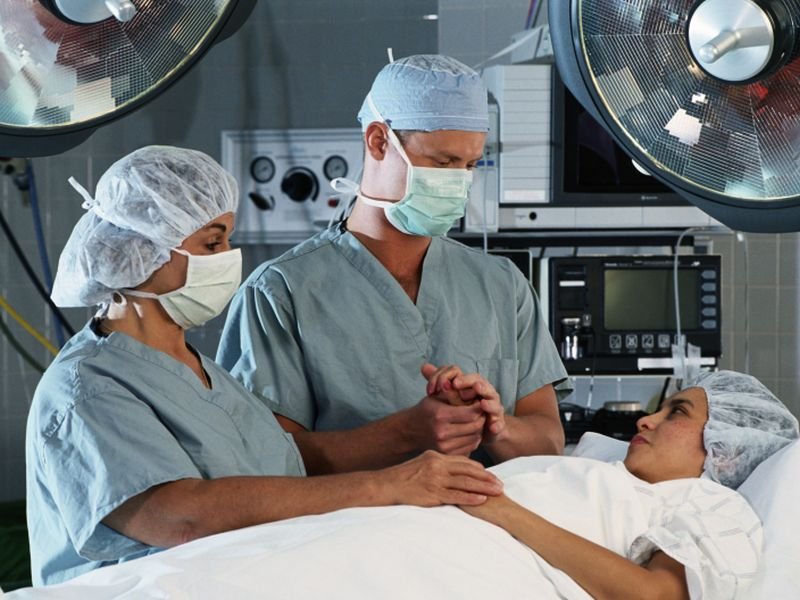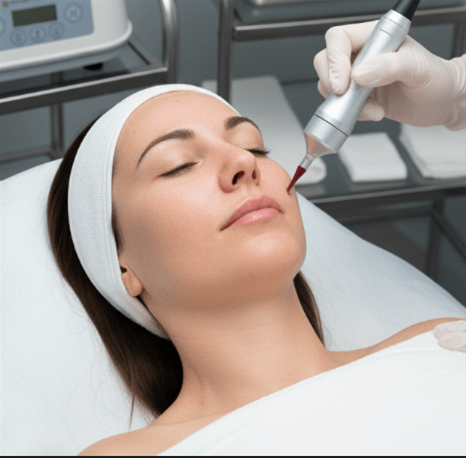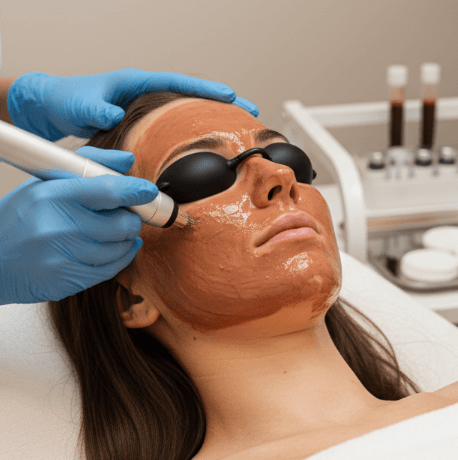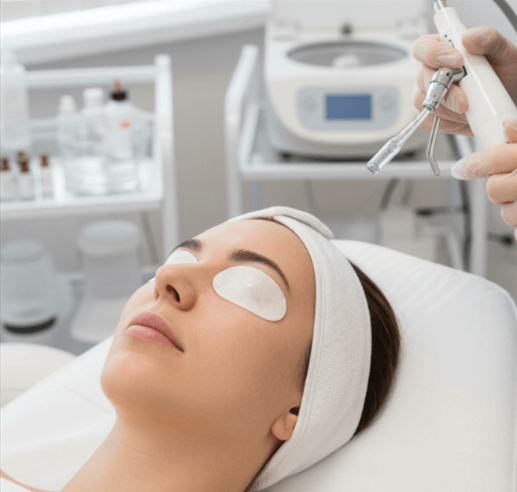South Korea has earned a global reputation as a leader in medical tourism due to its advanced healthcare, experienced specialists, and meticulous post-operative care. One of the most critical components that make Korean post-surgery recovery programs especially appealing to international patients is their unwavering commitment to safety and hygiene.
Foreign patients are often concerned about the cleanliness of recovery facilities, infection risks, and the handling of cross-contamination, especially when healing from major surgical procedures in an unfamiliar country. Korean clinics and recovery centers proactively address these concerns with world-class hygiene standards and internationally recognized safety protocols.
🧴 1. Strict Infection Control Standards
- Sterile Environments: All post-operative rooms, recovery beds, and common areas are sterilized frequently using hospital-grade disinfectants.
- Surgical Wound Care: Trained nursing staff follow sterile techniques during dressing changes to minimize infection risk.
- Disposable Supplies: Single-use medical items such as gloves, gauze, and syringes are standard to prevent cross-contamination.
- Air Purification Systems: Many recovery facilities are equipped with HEPA air filtration or UV sterilization systems to maintain clean air, crucial for patients healing from surgery.
🧼 2. Rigorous Daily Cleaning Protocols
- Scheduled Sanitization: High-touch surfaces (e.g., doorknobs, handrails, remotes) are cleaned multiple times per day.
- Professional Housekeeping: Trained staff adhere to cleaning protocols aligned with hospital-grade standards, including separate tools for each room to prevent microbial spread.
- Linen and Laundry Hygiene: Bedding and towels are changed regularly and washed at high temperatures using medical-grade detergents.
🧪 3. Staff Health and Safety Monitoring
- Daily Health Checks: All staff undergo daily temperature checks and health screenings before shifts.
- PPE Use: Nurses, caregivers, and service staff wear masks, gloves, and sometimes gowns, especially during direct patient contact or wound care.
- Regular Training: Ongoing education ensures all personnel stay current with the latest hygiene protocols and safety practices.
- Vaccination Requirements: Most healthcare staff are vaccinated against common communicable diseases, including COVID-19 and hepatitis.
🌡️ 4. Patient Monitoring and Safety Systems
- Vital Sign Tracking: Patients’ vitals are monitored regularly to detect early signs of infection or complications.
- Emergency Protocols: Recovery facilities maintain protocols for immediate hospital transfer if complications arise.
- 24/7 On-Site Medical Support: Having round-the-clock medical assistance ensures prompt care in case of sudden symptoms.
- Medical Record Integration: Electronic medical records are securely maintained and shared with the surgical hospital to ensure coordinated care.
🌐 5. Adaptations for International Patients
- Language-Accessible Safety Instructions: Hygiene guidelines and recovery rules are provided in multiple languages, ensuring international patients understand proper personal care, wound management, and facility rules.
- Culturally Sensitive Hygiene Practices: Recovery centers respect cultural hygiene habits (e.g., bidet use, modesty concerns) and adjust their amenities accordingly.
- Pre-Arrival Guidance: Patients receive detailed instructions on hygiene protocols before traveling to Korea, including what to pack and how to prepare for recovery.
🚰 6. Food Safety and Clean Water
- Hygienic Meal Preparation: Dieticians and culinary teams follow HACCP (Hazard Analysis and Critical Control Point) standards to ensure meals are safe and nutritious.
- Specialized Diet Plans: Meals are customized for each patient’s condition and healing stage, with hygiene in mind during preparation and delivery.
- Safe Drinking Water: Bottled or filtered water is provided, and all facilities ensure plumbing and kitchen hygiene meets international standards.
🚪 7. Private Rooms and Reduced Exposure
- Single-Patient Rooms: Most recovery centers provide private or semi-private rooms to minimize exposure to other patients.
- Limited Visitor Policies: Access to recovery facilities is controlled, with strict visitor screening and sanitation protocols.
- Controlled Entry Points: Security and reception teams monitor who enters and exits the premises to limit potential contamination.
📋 8. Compliance with International Health Guidelines
- KCDC and WHO Standards: Korean recovery programs align with safety recommendations from the Korea Disease Control and Prevention Agency (KCDC) and the World Health Organization (WHO).
- Accreditation and Certification: Many facilities hold international accreditations such as JCI (Joint Commission International), ensuring they meet global standards of patient safety and hygiene.
- Regular Audits and Inspections: Independent health audits and governmental inspections are conducted regularly to maintain compliance and improve safety.
✅ Final Tips for International Visitors
- Ask your clinic or recovery center to share their latest hygiene protocols before booking.
- Choose facilities with clear accreditation and multilingual communication about safety measures.
- Maintain your own hygiene with hand washing, mask-wearing (if recommended), and following medical staff instructions.
- If you have allergies or specific cleanliness concerns, notify your provider in advance.
🔍 SEO Keywords:
Korean post-surgery hygiene standards, medical tourism safety Korea, recovery center infection control Korea, international patient hygiene Korea, post-op safety protocols Korea, clean recovery accommodation Korea




